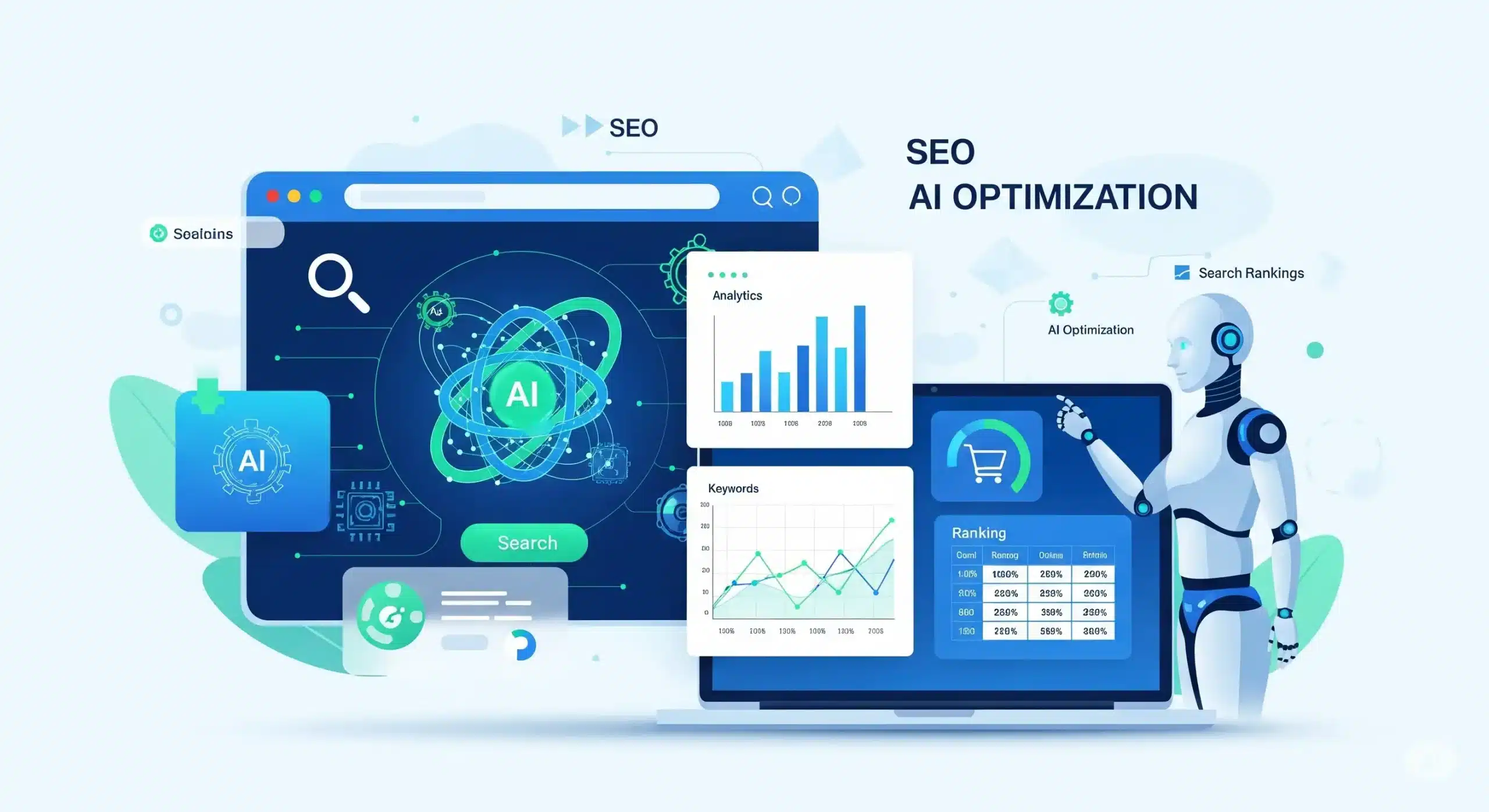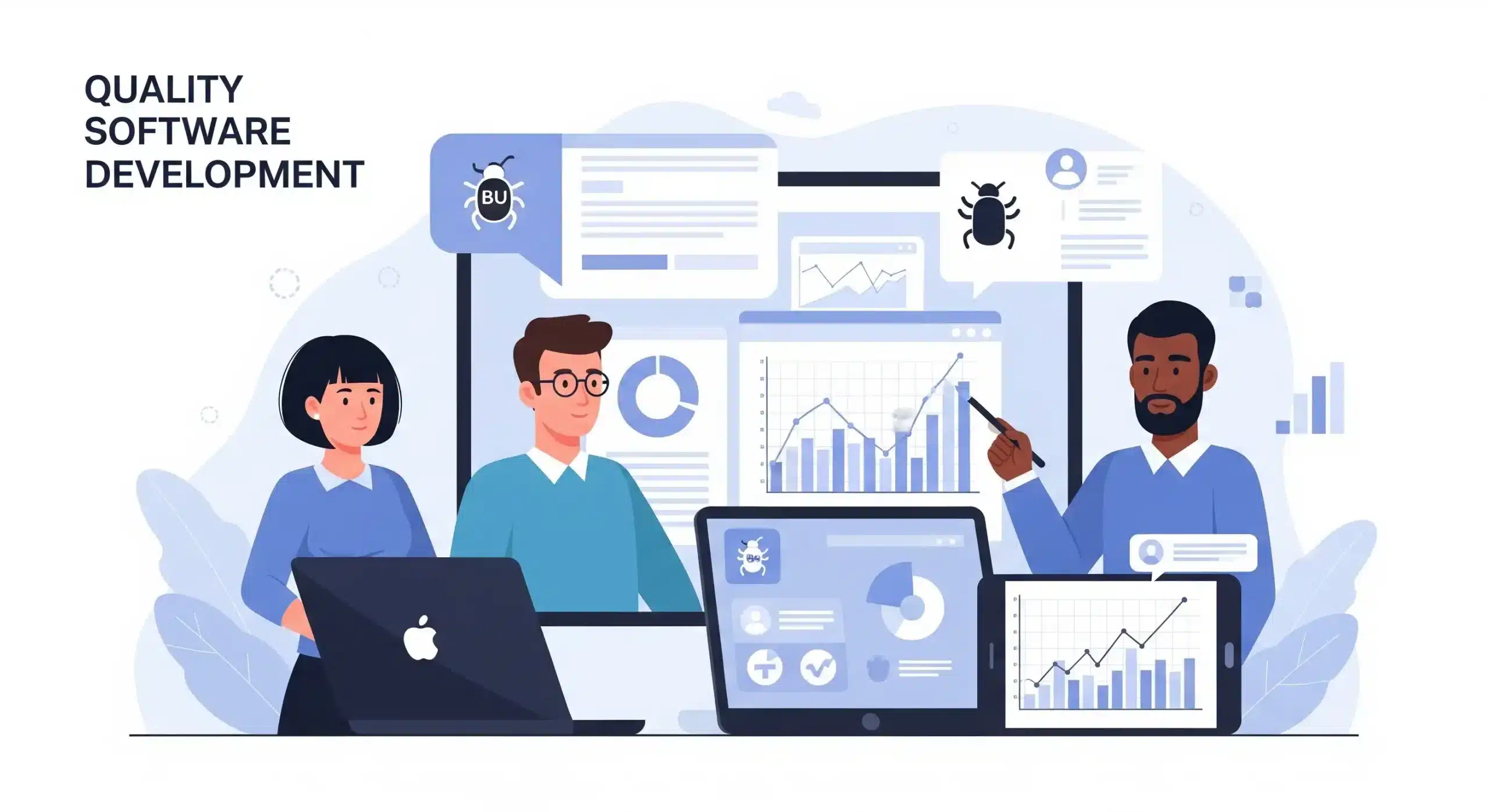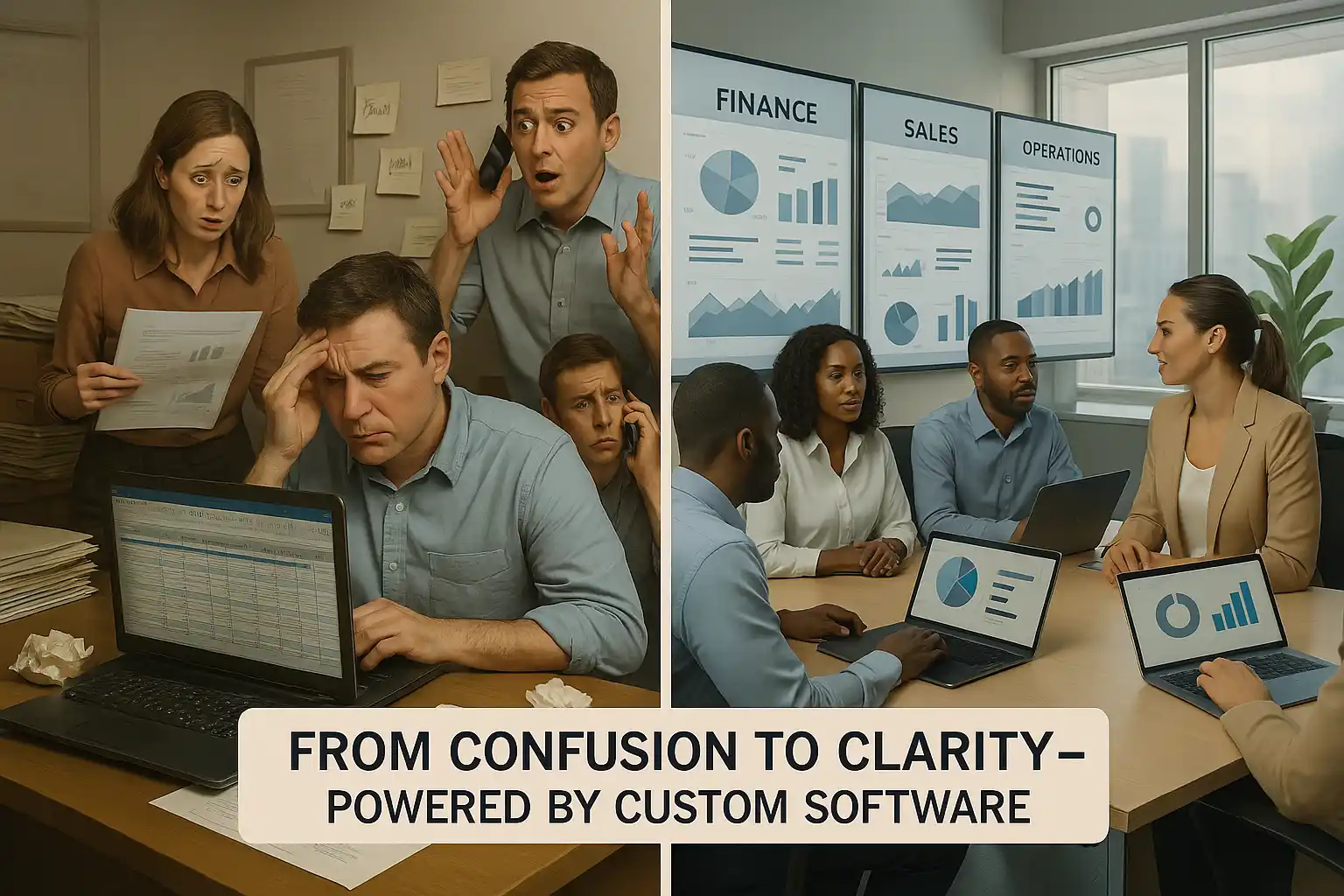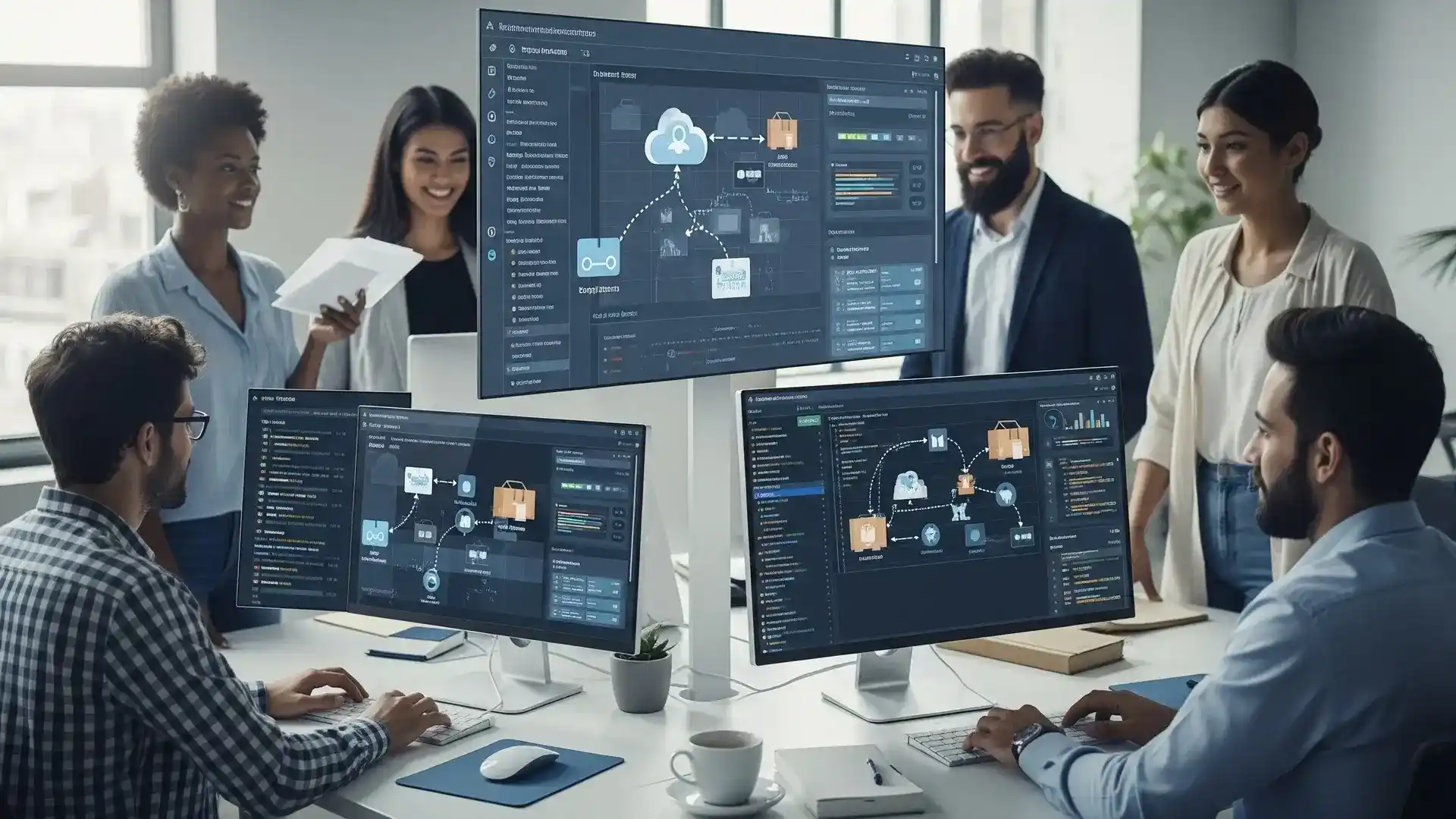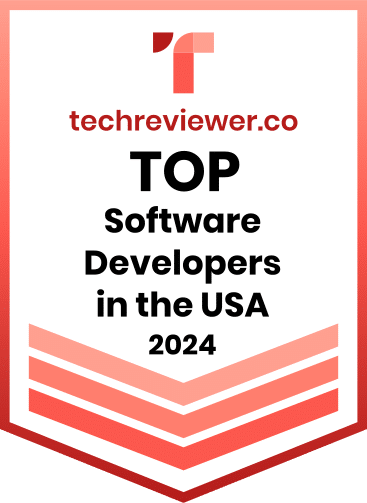Would Voice-Coding be the Next Evolution in Software Development?

Introduction
Yes, voice would be the next software development frontier!
With the introduction of voice-controlled chatbots and assistants, the world saw a new era where tasks could be completed with just the sound of a voice. With the help of voice recognition AI technology, society started to get ready for a world without keywords.
Unanticipated market demand led to the release of voice-controlled devices like Apple Siri and Amazon Echo. The benefits and features that these devices offered their users piqued their interest. Then came voice assistants for automobiles like the BMW Intelligent Personal Assistant, Amazon Echo Auto, Apple CarPlay, Google Android Auto, and others. We also use voice-based biometrics today to identify users. As a result of all these advancements, voice-driven coding is now in high demand in the voice AI sector.
By removing entry hurdles, voice-driven coding will make the software development business more accessible and enable those with disabilities or long-term diseases to continue working. Numerous programmers experience repetitive strain injury (RSI), which is brought on by repeated actions that harm their muscles, tendons, and nerves. They may find voice-driven coding to be a blessing.
The idea is straightforward: using natural language descriptions of what users wish to accomplish in spoken language, artificial intelligence is utilized to generate code. A speech recognition engine and a voice coding platform are the two types of software used in voice coding. For voice coding, a good microphone is also necessary, especially if you want to cut down on background or moving noise.
Real World
Dragon, a potent engine created by Nuance, a Massachusetts-based provider of speech recognition software, is a perfect example of a speech recognition engine that supports voice coding. Dragon is available in a variety of Windows and Mac versions. Platforms for voice coding include VoiceCode, Talon, and Aenea, as examples. Aenea, a client-server library for using voice macros from Dragon NaturallySpeaking and Dragonfly on remote hosts, runs on Linux while VoiceCode and Talon are suitable for Mac OS.
Voice-driven coding platforms like VoiceCode and Talon differ from well-known voice assistants like Siri in that they do not process natural language, therefore spoken commands must perfectly match the instructions that the machine already understands.
Additionally, the continuous command recognition technology used by these voice-driven coding platforms eliminates the need for users to pause between commands, as is the case with voice assistants. The majority of VoiceCode instructions contain words that aren’t often used in English. However, Talon and Aenea contain dynamic grammar, which constantly updates the words the program can recognize based on the available applications.
This suggests that users can issue commands in English without causing any confusion.
By moving a pointer across the screen based on eye movements and producing clicks based on lip pops, Talon can also simulate using a mouse.
More of Them
There is also voice-to-code software, such as Serenade, which has a speech-to-text engine made specifically for coding as opposed to the more common conversational speech-based speech-to-text API (e.g., Google). The natural-language processing unit in Serenade’s engine receives user-spoken code and uses machine learning models to recognize and translate it into syntactically correct code.
Serenade is compatible with several popular IDEs, such as IntelliJ IDEA and Visual Studio Code. When you install and activate the Serenade app, it recognizes your IDE and integrate it with its features. You can start right away by giving precise instructions. The majority of this software also provides visual options that can aid users in resolving problems they may have had understanding voice commands.
Salesforce is also looking into the CodeGen method of voice-driven programming. Silvio Savarese, Executive Vice President, and Chief Scientist at Salesforce, explained in an exclusive interview with TechCrunch that CodeGen is built on a sizable autoregressive model with 16 billion parameters that are trained on an enormous amount of data. Depending on whether the user is an experienced programmer or a non-coder, the use cases are divided into groups using model samples.
The study is still in the proof-of-concept phase, but Savarese intends to present his research at a Salesforce internal developer conference later this month.
How will the Adoption of Voice-Coding be the Next Software Development Evolution?
Voice coding is still in its infancy, and how closely software engineers cling to the conventional keyboard-and-mouse model of writing code will determine how widely it is adopted. However, voice coding creates new opportunities, perhaps leading to a time when brain-computer interfaces can convert your thoughts directly into code or software.
Voice coding can make it easier to get started in the software development industry. According to MacWilliam, “we can have machine learning take the last mile and translate those concepts into syntactically valid code” if programmers can conceive logically and arrange their desired code.
Undoubtedly, Voice-driven coding seems to have a bright future. However, the likelihood of such technology becoming widely used depends on user demand and the shift away from keyboard- and mouse-based coding.
Connect with Cloudester Software team to get one built for you and customized as per your business operations.
